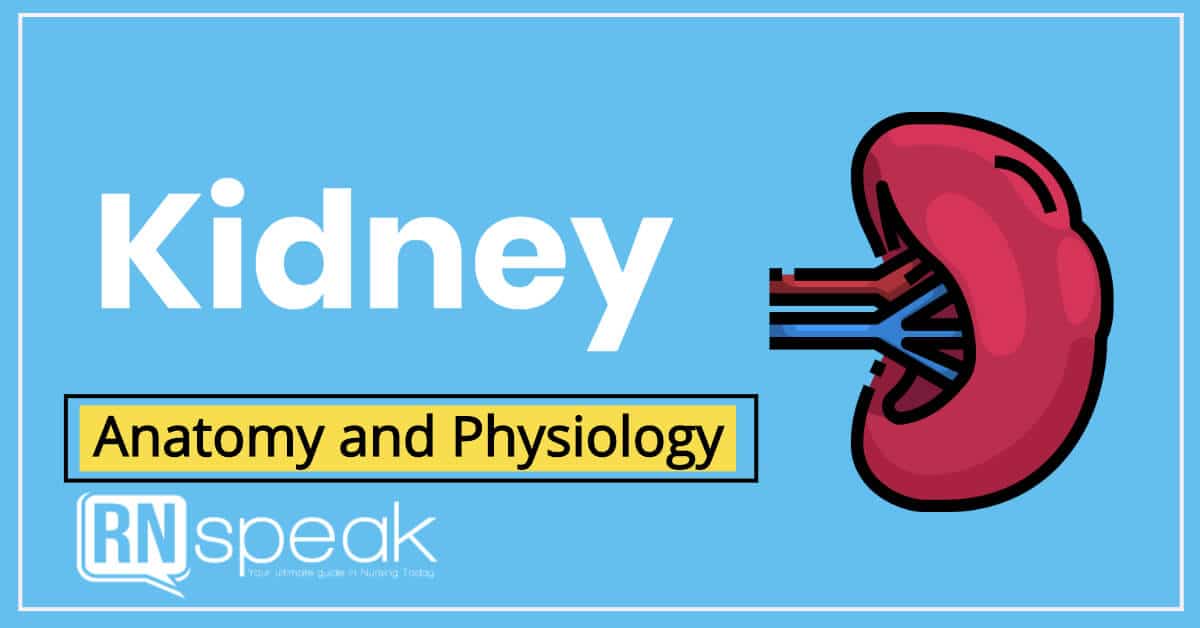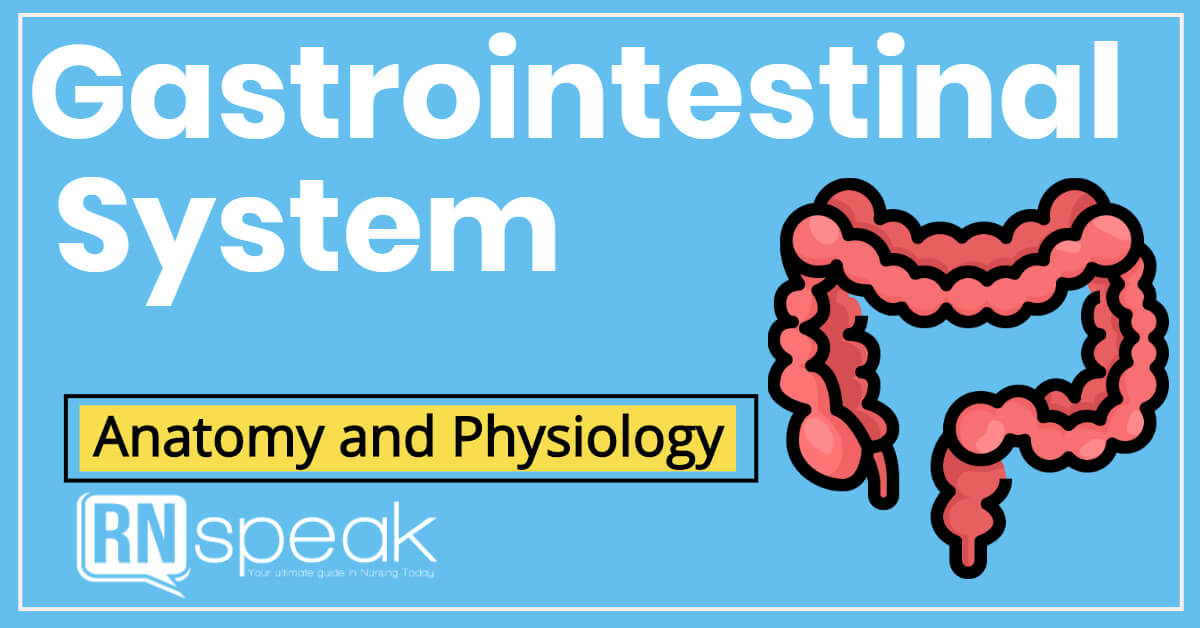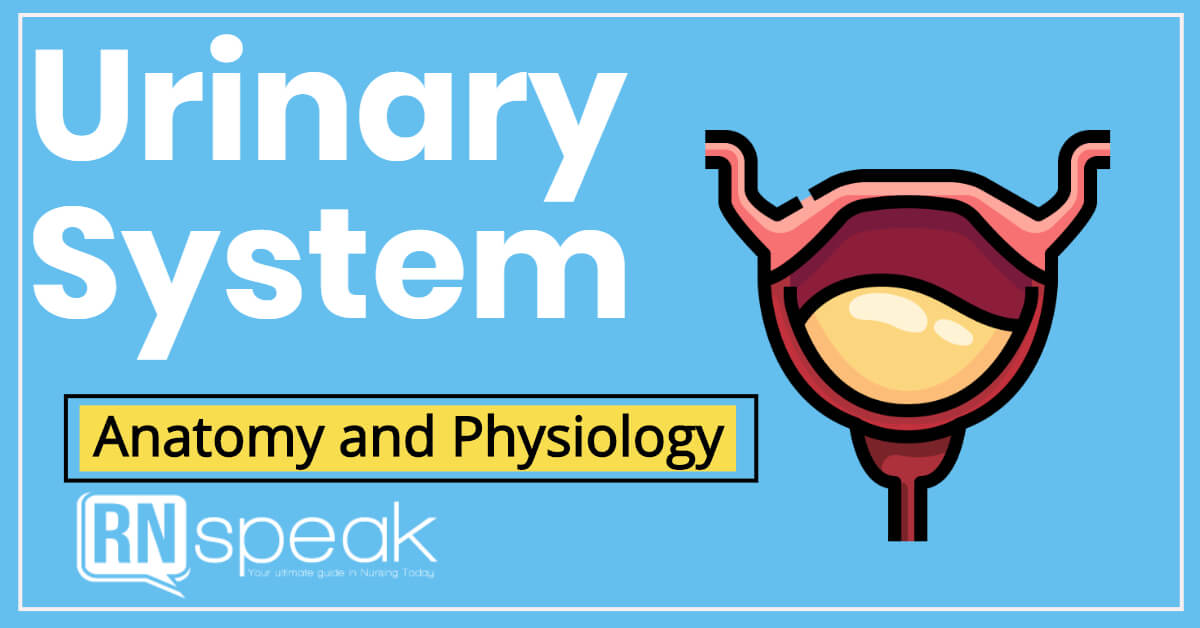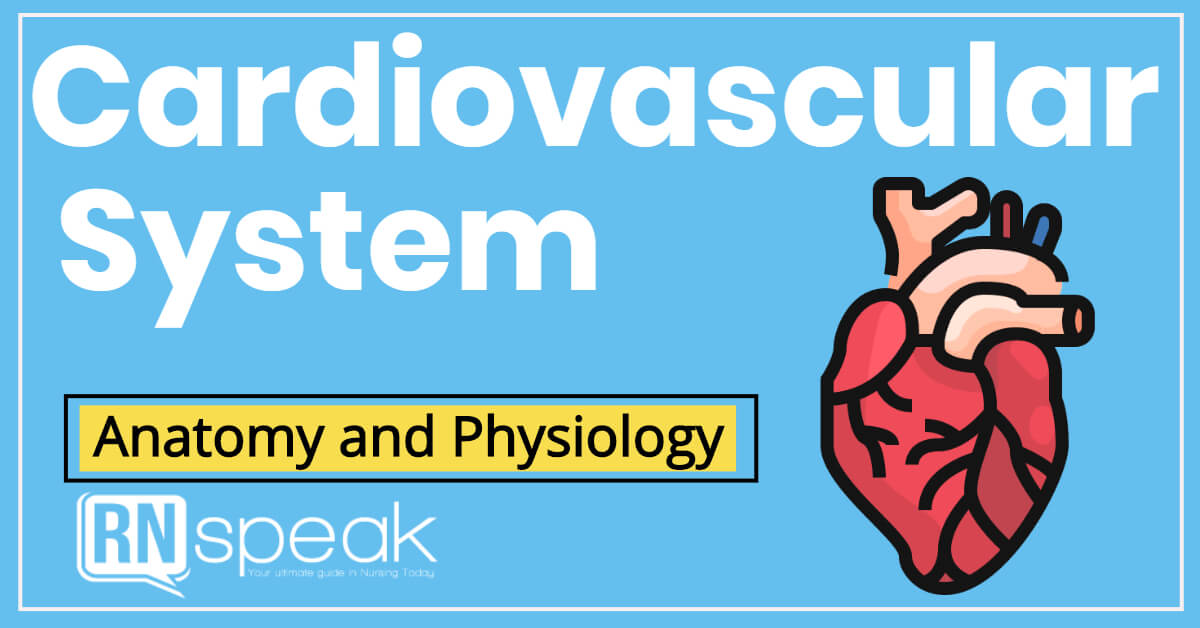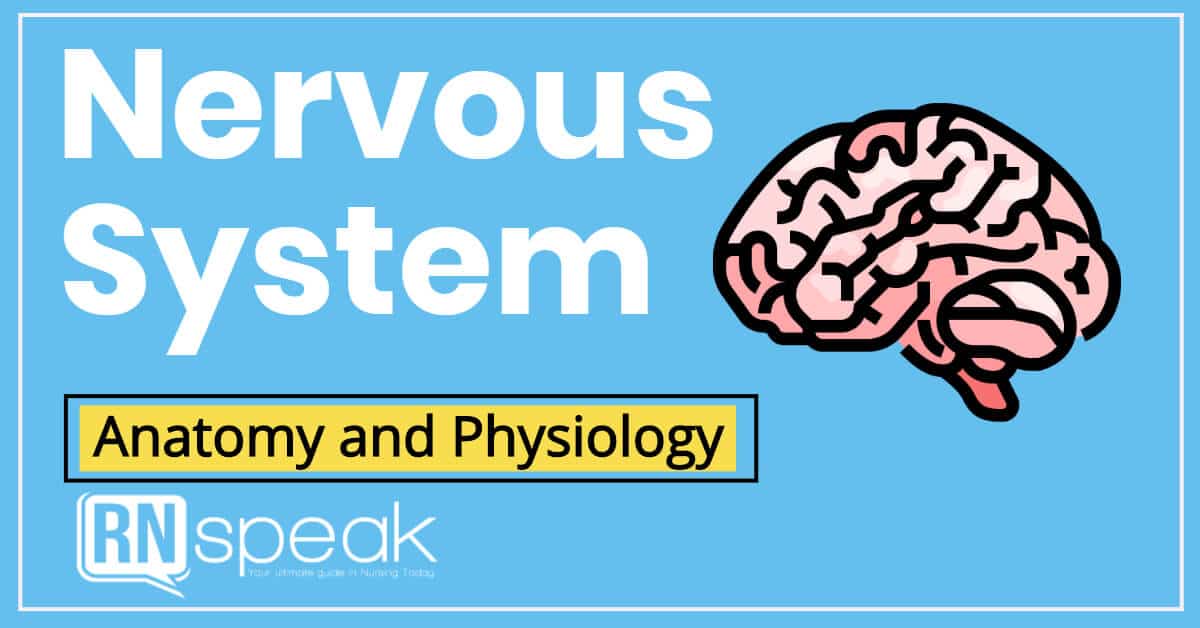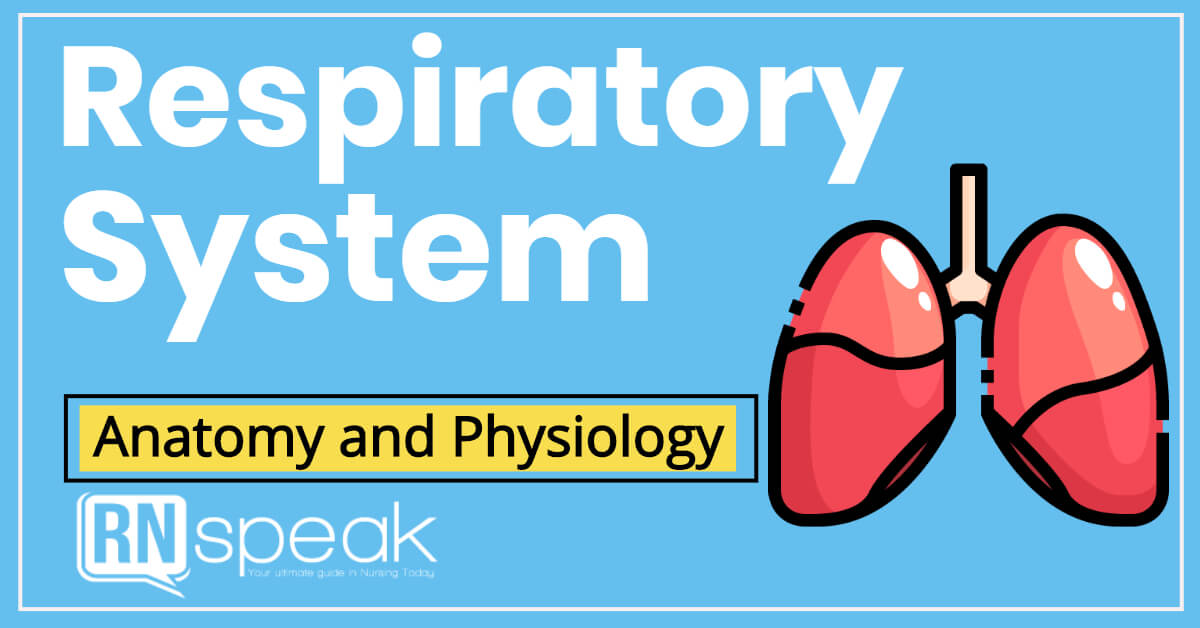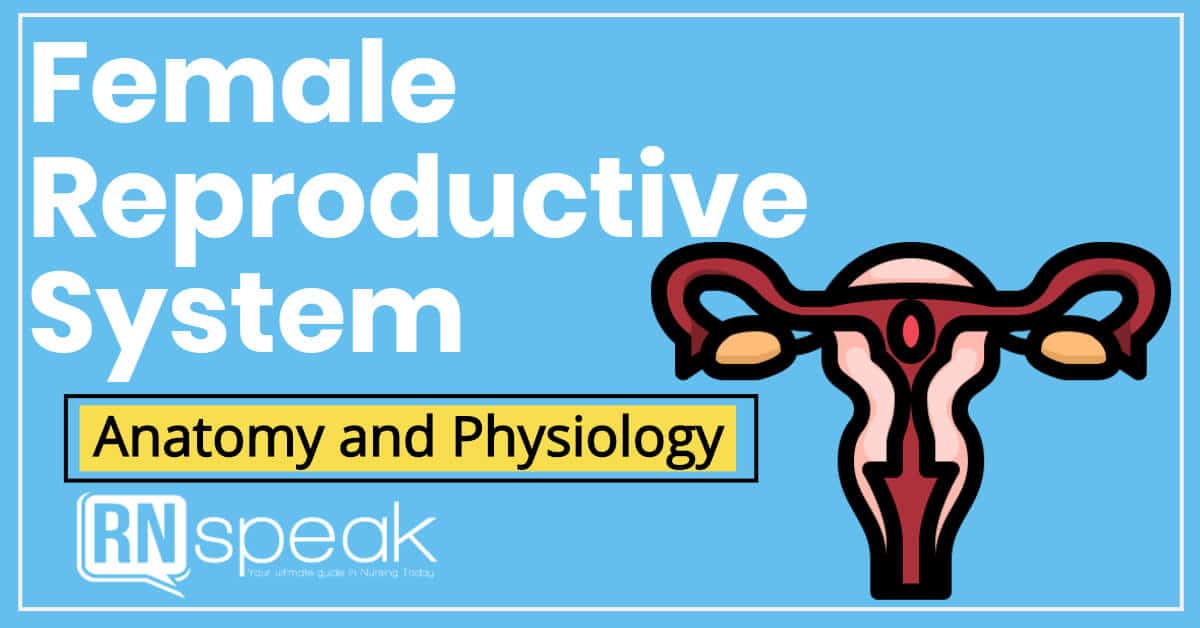In order for the cells of the body to function effectively it needs a stable environment or homeostasis. It must be able to maintain the level of substances in a relatively constant number to achieve homeostasis. The kidney, as a major excretory organ, is crucial in maintaining an optimal internal environment. The kidney eliminates a variety of metabolic products (urea, uric acid, and creatinine) and conserves and excretes water and electrolytes. It also stimulates erythrocyte production by producing the erythropoietin. If the kidney fails, the internal environment of the body changes drastically that the cells will no longer function.
Anatomy
The kidneys are 11 centimeters long, paired, reddish brown organs situated on the posterior wall of the abdominal cavity, one on each side of the vertebral column and capped by the adrenal gland. Due to the presence of the liver, the right kidney is slightly lower than the left kidney. The kidneys are located between muscles of the back and the peritoneal cavity.
Each kidney is surrounded by three layers of tissue. A fibrous renal capsule covers the surface of the kidneys. The adipose capsule is a mass of perirenal fat that surrounds the renal capsule. A double layer of fascia called the renal fascia completely encloses the kidney and the adipose capsule, firmly anchoring them to the abdominal wall.
Three general regions can be distinguished in each kidney. The cortex is the outer layer of the kidney just deep into the renal capsule. The medulla is consist is consist of several triangular renal pyramids and located deep into the cortex. The tips or papilla of the renal pyramids projects into a funnel shaped chamber called a minor calyx. The minor calyces join up to form the renal pelvis. Urine passes from the papillae into the minor calyces and then travels to the renal pelvis through the ureter and to the urinary bladder.
The functional unit of the kidney is called the nephron. There are approximately 1 million nephrons in each kidney. Each nephron is consisting of two parts: a glomerulus (a network of capillaries) and a tubule. The tubule is an elongated hollow duct with the proximal end forming a double walled cap known as the Bowman’s capsule. Another part of the tubule twists and folds and another straightens after folding back in itself and yet another one forms characteristic loops. These are the proximal and distal convoluted tubules and the loop of Henle.
Blood flows to the kidney via the renal artery, ultimately delivering to the glomerulus by means of the afferent arteriole. Blood then drains from the glomerulus through the efferent arteriole. This vessel carries blood from the glomerulus to the peritubular capillaries. It is a second larger vessel network that surrounds the nephron tubule. From these vessels, blood moves into the veins that drains the nephron and into the renal vein.
Physiology
The ability of the kidney to alter blood composition and maintain homeostasis is base on three processes:
- Glomerular Filtration– the physical separation of the blood’s formed elements and its plasma proteins from the fluid component. It allows water and small molecules to move from the glomerular capillary into the lumen of Bowman’s capsule. The fluid product is called glomerular filtrate. Normal GFR is 180 liters per day.
- Selective Reabsorption– substances in the filtrate pass from the nephrons back into the blood of the peritubular capillaries avert their loss. Not all the filtrate is reabsorbed, some are excreted. Selection depends on the relative permeability of the tubule to various components.
- Tubular Secretion– Upon completion of the reabsorption and secretion processes, the remaining fluid is transported to components of the urinary system to be secreted as urine.
Urine is composed of water and materials that has been filtered but not reabsorbed. Substances present in urine represents amount in excess of those required for homeostasis.


